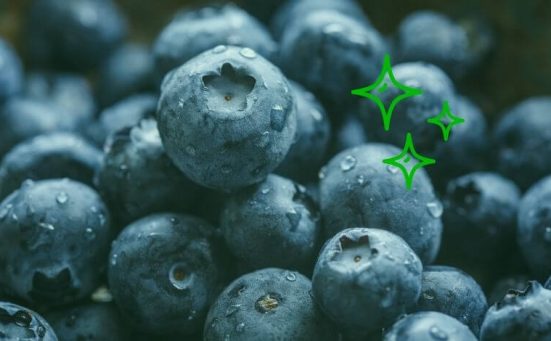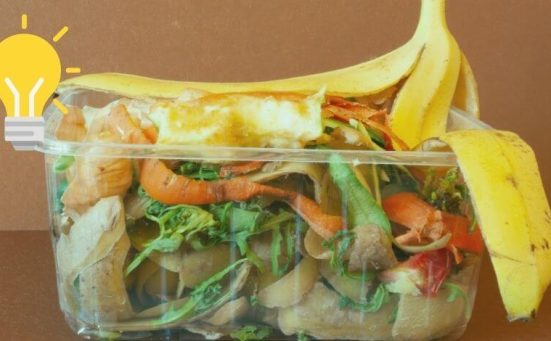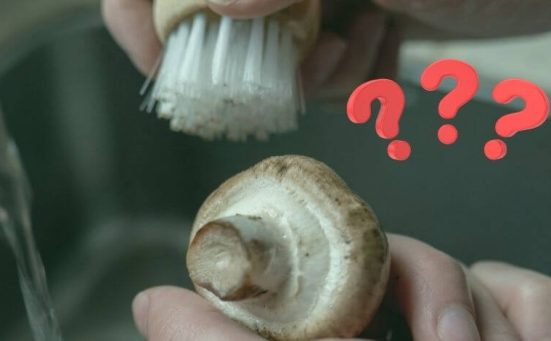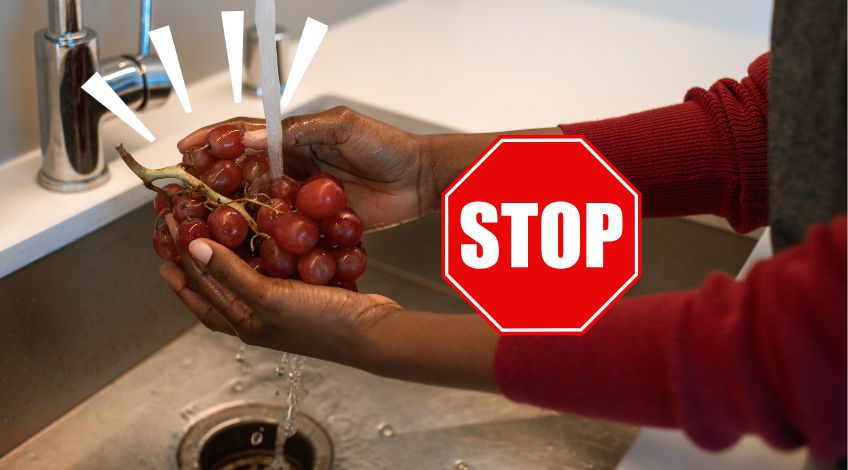
Why Rinsing Grapes Under the Tap Isn’t Enough.. Do This Instead!
Many people assume that giving grapes a quick rinse under the tap is enough to make them clean and safe to eat.
However, this common habit fails to remove hidden contaminants, pesticides, and bacteria. If you’re not properly washing your grapes, you might be unknowingly consuming harmful substances.
Here’s why tap water alone isn’t enough and what you should do instead.
Why Tap Water Won’t Remove Everything

Grapes go through a long journey before reaching your home, passing through farms, processing facilities, and multiple hands along the way. Along this journey, they collect pesticide residues, dirt, bacteria, and even mould spores.
While running them under water may remove visible dirt, it won’t effectively break down stubborn residues or kill harmful bacteria.
Additionally, many grapes are coated with a natural waxy substance that helps retain moisture and prolong freshness. Unfortunately, this coating can trap unwanted contaminants, making them harder to wash off with just water.
How to Wash Grapes the Right Way
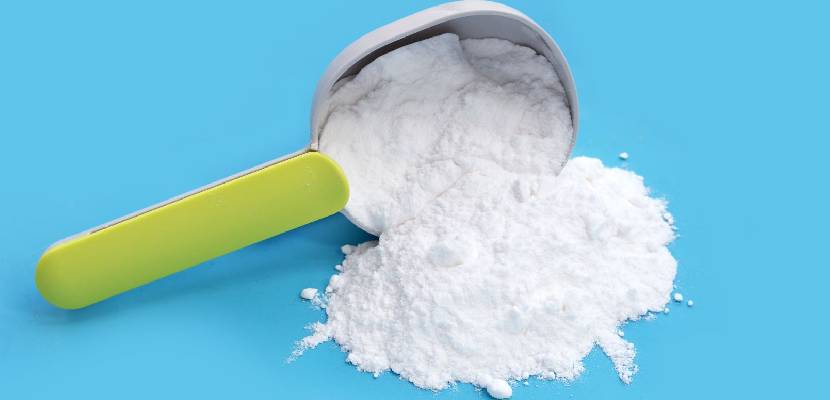
Instead of relying on a quick rinse, a more effective method involves using natural cleaning solutions that break down pesticides and kill bacteria. Try these simple techniques:
1. Ice Water and Salt Scrub
Ice cold water helps maintain the firmness of grapes while reducing bacterial growth. Salt acts as a natural abrasive, helping to loosen dirt and remove waxy residues.
- Fill a bowl with ice cold water and add one teaspoon of salt.
- Soak the grapes for five minutes, then rub them gently to loosen dirt.
- Rinse thoroughly and dry before eating.
2. The Lemon and Baking Soda Method
Lemon juice has natural antibacterial properties, while baking soda helps to remove chemical residues.
- Fill a bowl with water and add the juice of half a lemon.
- Stir in one teaspoon of baking soda.
- Soak the grapes for about 10 minutes, stirring occasionally.
- Rinse thoroughly under running water and dry with a clean towel.
3. Vinegar and Water Soak
Vinegar is a natural disinfectant that helps remove bacteria and pesticide residues.
- Fill a bowl with water and add one part white vinegar to three parts water.
- Submerge the grapes for 10 minutes, stirring occasionally.
- Rinse thoroughly under running water to remove any remaining vinegar taste.
- Pat dry with a clean towel before eating.
How to Keep Grapes Fresh for Longer

Proper storage is just as important as washing. Grapes can quickly lose their freshness if not stored correctly, leading to soft, mushy fruit or premature spoilage. Here’s how to keep your grapes in top condition:
Store in a Breathable Container
Airtight containers trap excess moisture, which can lead to mould growth and spoilage. Instead, store grapes in a breathable container, such as a produce storage bag or a bowl lined with paper towels. This allows for proper air circulation, reducing excess moisture while keeping them fresh.
Keep in the Coldest Part of the Fridge
Grapes last longer when stored at temperatures between 0 and 4°C. The crisper drawer or the back of the fridge is the best place to keep them cool.
Lower temperatures help slow the ripening process, preserving their firmness and extending their shelf life.
Separate from Ethylene Producing Fruits
Fruits such as bananas, apples, and pears release ethylene gas, which accelerates ripening and can cause grapes to spoil more quickly. To prevent this, store grapes away from these fruits in a separate section of the fridge.
Avoid Washing Until Ready to Eat
While it might be tempting to wash grapes as soon as you bring them home, excess moisture can encourage mould growth and cause them to spoil faster.
Instead, wait until just before eating to wash them, and be sure to dry them thoroughly if you need to store them again.
Help Others Learn the Best Way to Wash Grapes!
Many people don’t realise that a simple rinse doesn’t fully clean grapes. Share this important tip on social media so others can learn a better way to clean their fruit properly!
SEE ALSO: Keto Friendly Fruit – The Ones You Can Eat On Keto
Also, follow us on Pinterest ...

